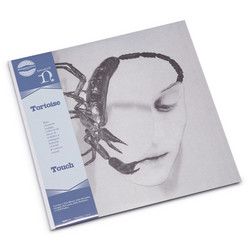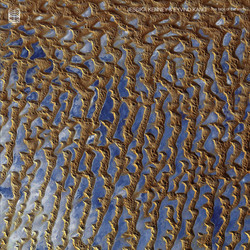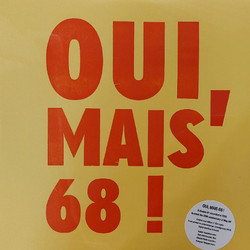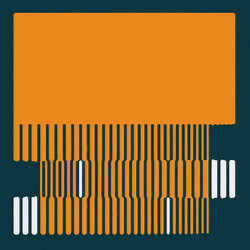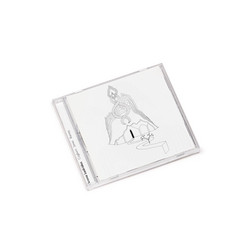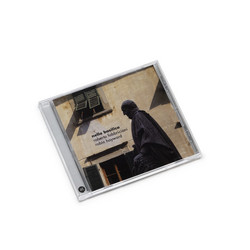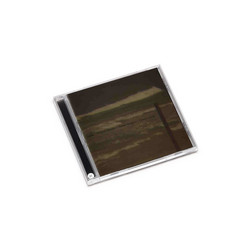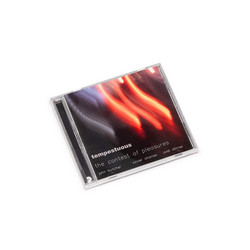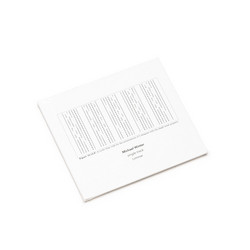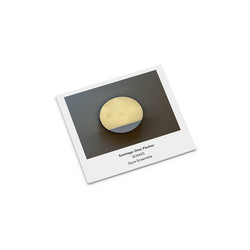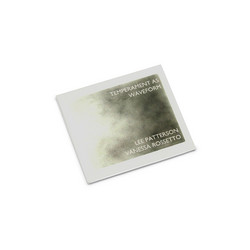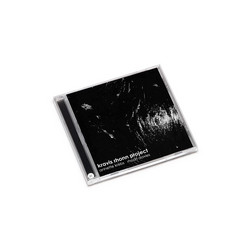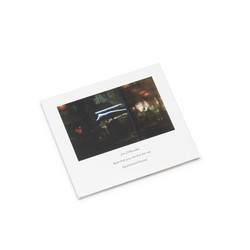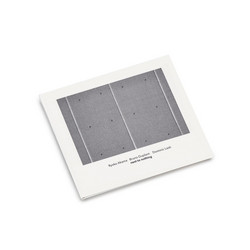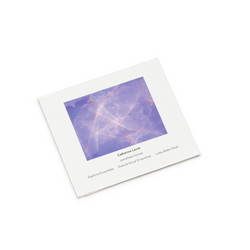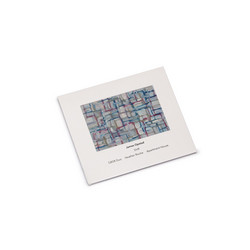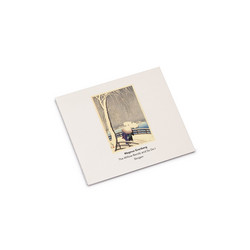Four realisations of John Lely's simple but brilliant composition 'The Harmonics of Real Strings', which is basically a very slow glissando along the full length of one bowed string. Anton Lukoszevieze plays one realisation on each string of the cello, following the harmonic transformations as they occur and producing an extraordinary example of 'the virtuosity of restraint'. John Lely originally composed the piece in 2006, and it was recorded in April 2014. "When I'm composing I'm learning, asking questions and testing limits. I appreciate the effect of compositional constraints because they reveal something new..."-Another Timbre
"The Harmonics of Real Strings is amazing, in the original sense of the word—it is packed full of moments that cause genuine amazement. Yet the simplicity of its conception and execution are both breathtakingly audacious, to the extent that describing it risks making it sound mundane. Nonetheless, here goes. The album consists of four realisations of the title composition by John Lely, played unaccompanied on cello by Anton Lukoszevieze, the founder and leader of the group Apartment House. Each realisation is a prolonged glissando along the full length of one bowed string, from the top down to the bridge, using light finger pressure (also known as "harmonic" pressure). As a cello has four strings, there are four realisations, one per string." extract from AllaboutJazz
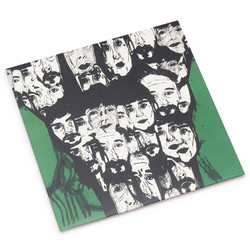

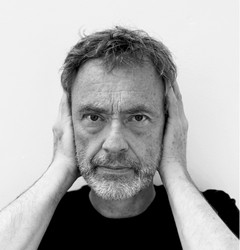
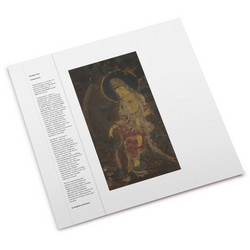

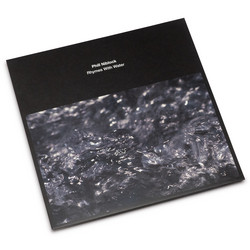

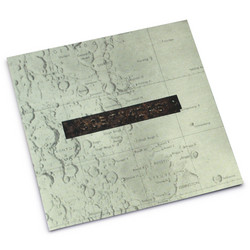




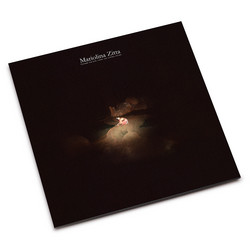

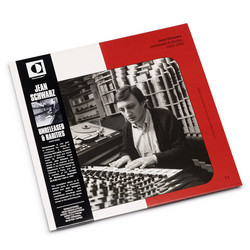
![Eyry]](https://cdn.soundohm.com/data/products/2025-12/Gillis_Eyry_CD_01-jpg.jpg.250.jpg)


